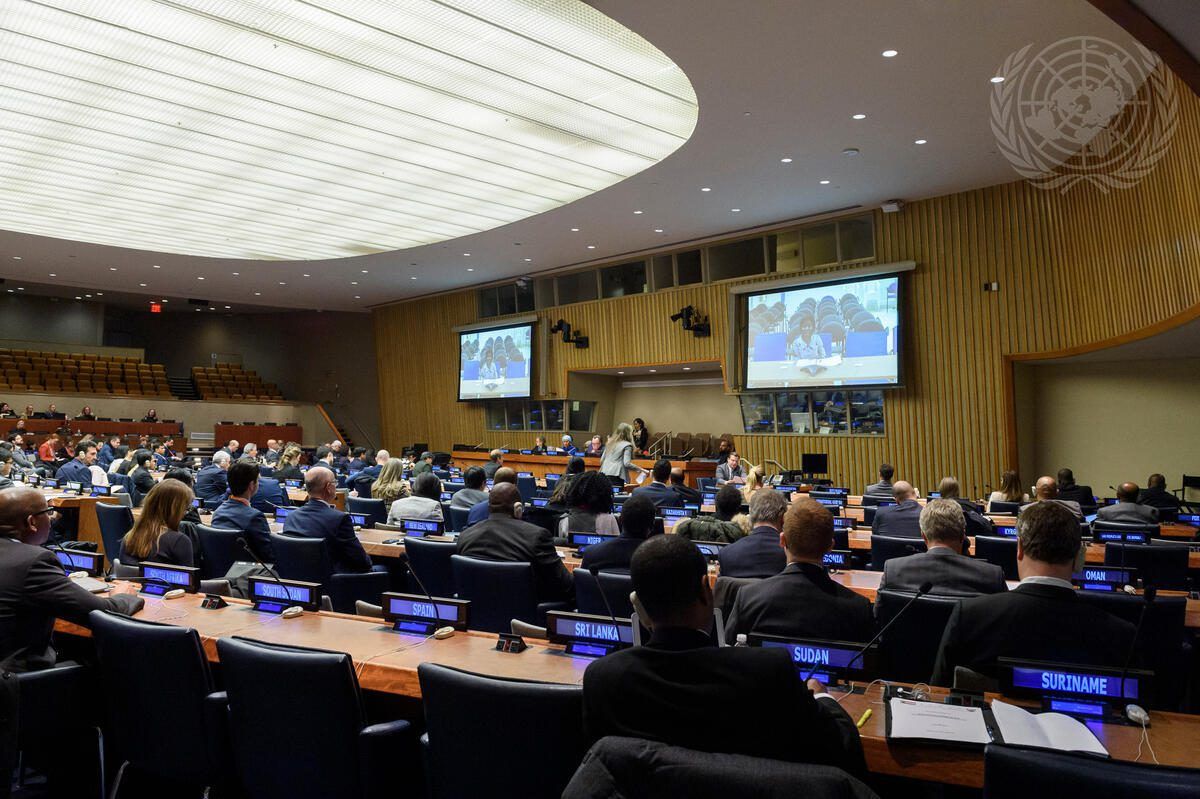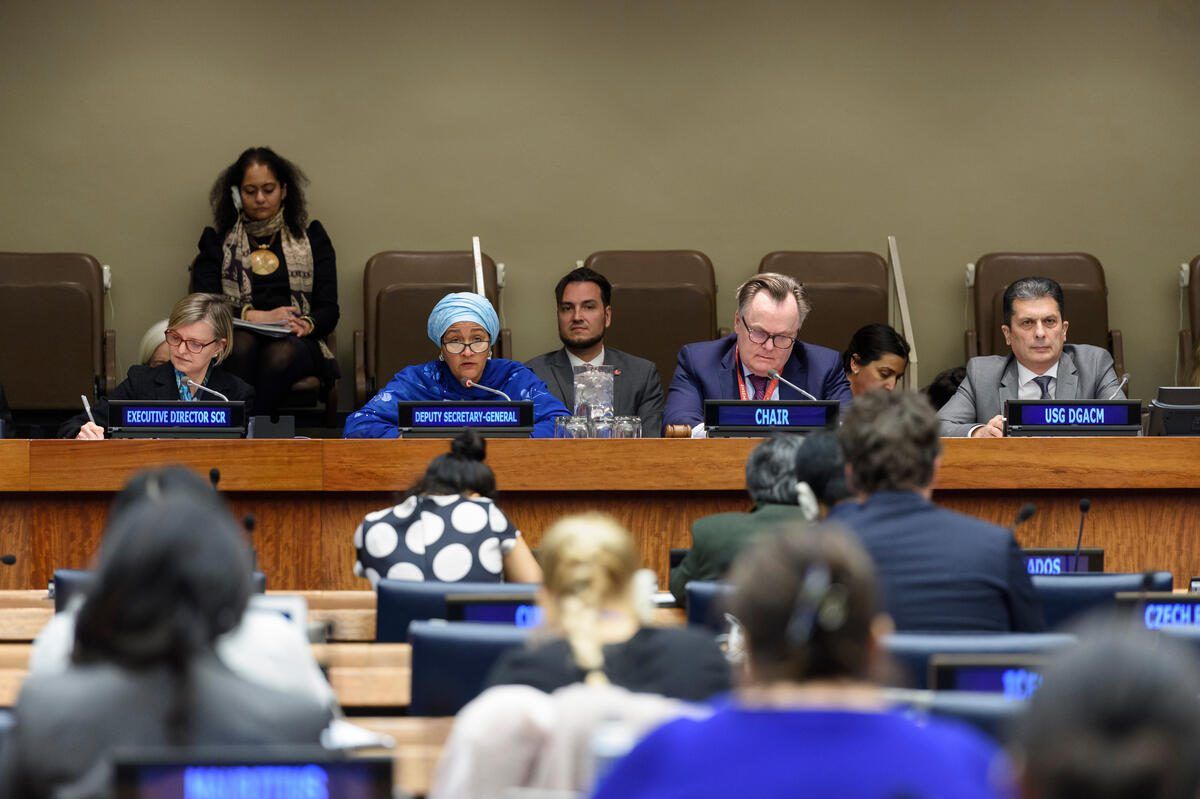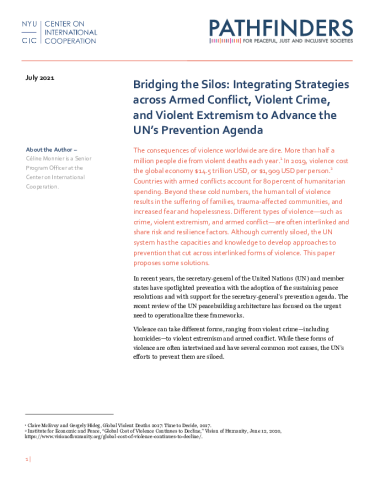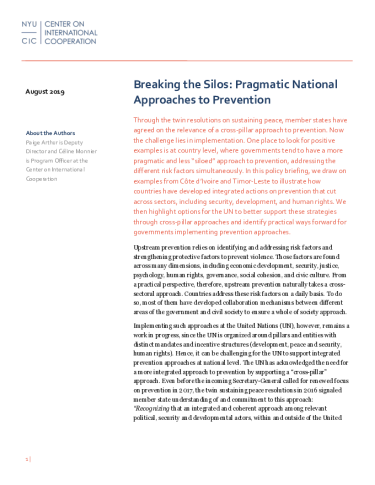
Do Recommendations Really Have Influence?


Array
(
[thumbnail] => https://s42831.pcdn.co/wp-content/uploads/2021/02/un7839858-150x150.jpeg.optimal.jpeg
[thumbnail-width] => 150
[thumbnail-height] => 150
[medium] => https://s42831.pcdn.co/wp-content/uploads/2021/02/un7839858-300x200.jpeg.optimal.jpeg
[medium-width] => 300
[medium-height] => 200
[medium_large] => https://s42831.pcdn.co/wp-content/uploads/2021/02/un7839858-768x511.jpeg.optimal.jpeg
[medium_large-width] => 768
[medium_large-height] => 511
[large] => https://s42831.pcdn.co/wp-content/uploads/2021/02/un7839858-1024x682.jpeg.optimal.jpeg
[large-width] => 1024
[large-height] => 682
[1536x1536] => https://s42831.pcdn.co/wp-content/uploads/2021/02/un7839858.jpeg.optimal.jpeg
[1536x1536-width] => 1200
[1536x1536-height] => 799
[2048x2048] => https://s42831.pcdn.co/wp-content/uploads/2021/02/un7839858.jpeg.optimal.jpeg
[2048x2048-width] => 1200
[2048x2048-height] => 799
[gform-image-choice-sm] => https://s42831.pcdn.co/wp-content/uploads/2021/02/un7839858.jpeg.optimal.jpeg
[gform-image-choice-sm-width] => 300
[gform-image-choice-sm-height] => 200
[gform-image-choice-md] => https://s42831.pcdn.co/wp-content/uploads/2021/02/un7839858.jpeg.optimal.jpeg
[gform-image-choice-md-width] => 400
[gform-image-choice-md-height] => 266
[gform-image-choice-lg] => https://s42831.pcdn.co/wp-content/uploads/2021/02/un7839858.jpeg.optimal.jpeg
[gform-image-choice-lg-width] => 600
[gform-image-choice-lg-height] => 400
)
In the fall of 2020, diplomats at the UN gathered virtually to negotiate a resolution that would close out the 2020 Peacebuilding Architecture Review (PBAR), which assessed the UN’s implementation of sustaining peace – and hence prevention – since the last review in 2016. The secretary-general released his report on the review in September 2020, highlighting the importance of prevention, and making the case for progress over the past 4 years.
Enthusiasm for preventive approaches faded quickly, however, when entering the negotiation of the resolution over the next month in October. This blog post summarizes some of the concerns that emerged from negotiations, while highlighting opportunities for the UN system to make progress on prevention in the coming years.
Prevention emerged as a particularly contentious issue during the negotiations. In spite of the secretary-general’s strong advocacy on the need for the UN system to come together around prevention, the zero draft did not include any reference to prevention, and the final version did not go beyond what was agreed in 2016. Discussions around human rights, the Security Council, and inclusivity sparked divergences among member states. All of these point to the same old underlying fear: the use of “prevention” to meddle into internal affairs.
The first revision reiterated—as agreed in 2016—that it is the primary responsibility of national governments to lead sustaining peace efforts, including prevention. The objective was to reassure member states that prevention was not going to be forced on them. However, several of them felt that other text within the draft was undermining this principle. Some member states went as far as asking to remove references to joint analysis—something that has been a key objective of the reforms—concerned that the UN would undertake preventive efforts on its own without involving national governments.
Human rights was probably the most sensitive topic. A group of member states, particularly western states, was adamant that a cross-pillar approach making the bridge with human rights was essential to sustaining peace. They argued that human rights violations can, in some cases, become a source of grievances that may lead to armed violence. But others expressed concerns that human rights could be used disingenuously to meddle in internal affairs, and that governments would end up being divided for political reasons into “good” governments—which lead their own efforts on prevention—and “bad” governments, which may be targets for intrusive UN efforts ranging from shaming to armed intervention. Consequently, the resolution only refers to human rights in a preliminary paragraph, and welcomes the “presentation” of the secretary-general’s report, rather than the report itself, as some argued that the report draws inappropriate links between human rights and peace.
Cross-pillar approaches between development and peace received more support. China suggested including language on the 2030 Agenda in an operative paragraph. This was welcomed by many developing countries, which see development as supportive of national interests. However, Western countries were reluctant to include references to development if they were not accompanied by human rights, arguing that development on its own is valuable, but is not a guarantor of peace. The consensus reached—after much struggle and fierce opposition by certain Non-Aligned Movement (NAM) countries—was to reinsert language on sustaining peace – including prevention – from the 2016 resolution reflecting the cross-pillar approach, but in a preliminary rather than an operational paragraph.
There was also strong resistance to include a reference to Security Council resolution 2171 (2014), which describes the preventive role of the Council. Some NAM countries in particular were concerned that the resolution could be a new Responsibility to Protect in disguise. Discussions on inclusivity were also difficult. Some member states were concerned about moving away from a state centric-system and using civil society as a way to influence internal politics.
Finally, the Russian and Chinese delegations battled to include language on sanctions, arguing that unilateral sanctions hinder development efforts, which are necessary for sustaining peace. Given strong resistances from other states, the request for references to sanctions were ultimately dropped. The final resolution gives the UN the mandate to implement the sustaining peace agenda – including prevention efforts – to support nationally owned priorities through a system-wide effort. The agenda should be, anchored in the field, rather than through the purview of the Security Council, and particularly by using the Peacebuilding Commission.
The concerns about prevention are not a rejection of the idea as such—member states agree that prevention is better than reaction. Instead, they stem from a lack of trust in the system. In spite of years of effort and rhetoric at the UN around preventive approaches that are nationally led and sovereignty supporting, there is still the stubborn suspicion that prevention will be used to meddle in internal affairs. This suspicion came out with a vengeance in the negotiations. In addition, for many member states what prevention means in practice is still a mystery. The language in the resolution is vague and the formal negotiations of the PBAR are not the right place to discuss substance. Member states sometimes state their positions, but leave others to wonder about their rationale. In addition, several member states—including active ones in the negotiations—did not follow sustaining peace discussions closely over the past four years, often due to lack of capacity, and hence have limited familiarity with it. In spite of the contentious negotiations, the resolution continues to affirm sustaining peace and all eyes continue to be on operationalization across the UN system. Below are three recommendations by CIC to work with member states to make progress on prevention:
Photo: A wide view of the Peacebuilding Commission meeting on the 2020 review of the peacebuilding architecture: “Effective support in UN transition contexts.” (UN Photo/Loey Felipe)



This policy paper makes the argument that the UN can and should adopt a more integrated violence prevention strategy across these three forms of violence. It draws from desk review of UN and academic documents, interviews with UN staff working on different types of violence prevention across the UN system, and a workshop among them.

In this policy briefing, our fifth in our series on prevention at the UN, we draw on examples from Côte d’Ivoire and Timor-Leste to illustrate how countries have developed integrated actions on prevention that cut across sectors, including security, development, and human rights. We then highlight options for the UN to better support these strategies through cross-pillar approaches and identify practical ways forward for governments implementing prevention approaches.
Subscribe to our newsletter and receive regular updates on our latest events, analysis, and resources.
"*" indicates required fields